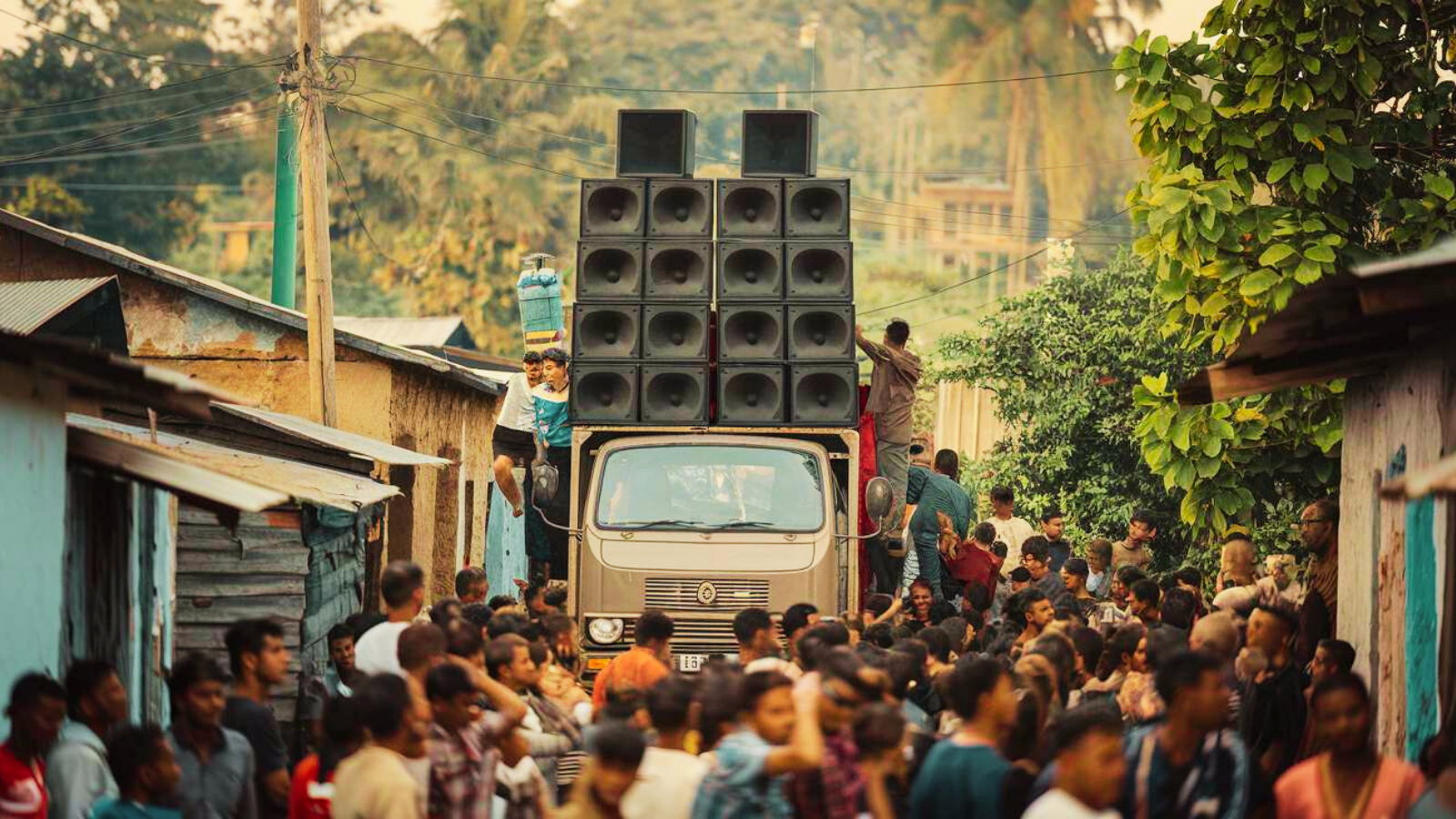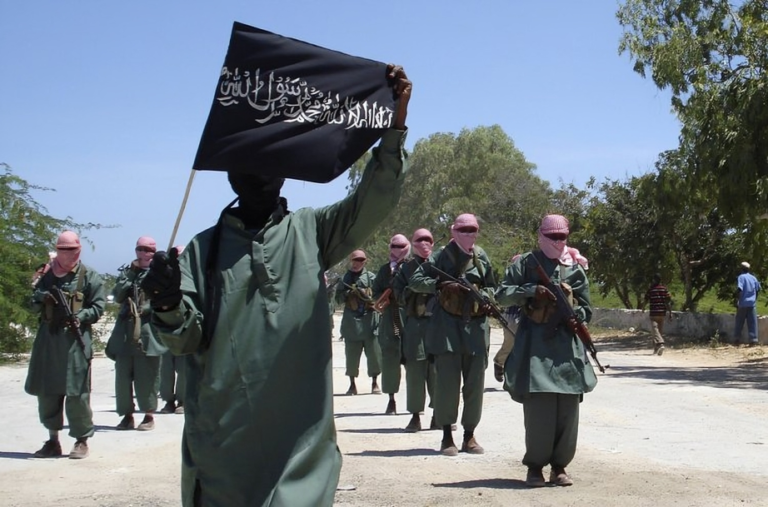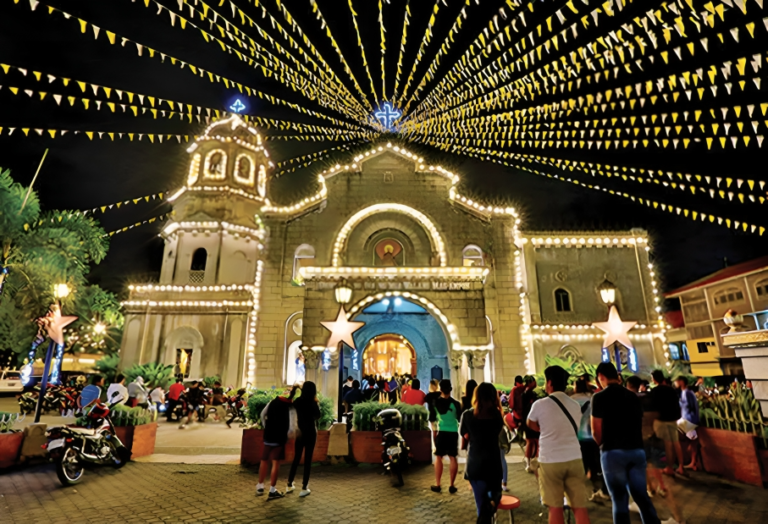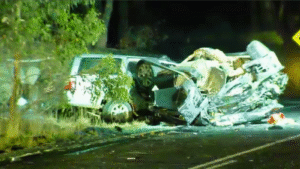In the quiet lanes of East Java, serenity is no longer a guarantee. Towering loudspeakers mounted on trucks now roll through villages like sonic juggernauts, shaking windows, cracking walls, and rattling nerves. What began as festive street entertainment blending electronic beats with traditional folk rhythms has morphed into a public health and cultural crisis.
Known locally as “sound horeg,” these mobile sound systems have become a staple of celebrations across Java. Weddings, circumcisions, and Independence Day parades often feature them, with music booming from early afternoon until the dead of night. But the joy has come at a cost. Residents have reported structural damage to homes, disrupted sleep, and rising stress levels. Videos circulating online show roof tiles collapsing and storefronts trembling under the weight of bass.
The backlash has reached a boiling point. Religious leaders have declared the excessive noise “haram,” citing its disruptive nature and association with alcohol-fueled revelry. Local authorities responded this month with new regulations, capping sound levels at 120 decibels for stationary systems and 85 for mobile units. Trucks are now banned near schools, hospitals, and mosques during prayer hours.
Despite the rules, enforcement remains patchy. In some areas, loudspeaker towers continue to blast music unchecked, as officials look on. For many, the issue is not just about volume it’s about values. The clash between tradition and tranquility, celebration and civility, has exposed deeper tensions in Indonesia’s evolving urban culture.
As East Java grapples with the fallout, one thing is clear: the sound of celebration must find harmony with the rhythm of everyday life.












+ There are no comments
Add yours